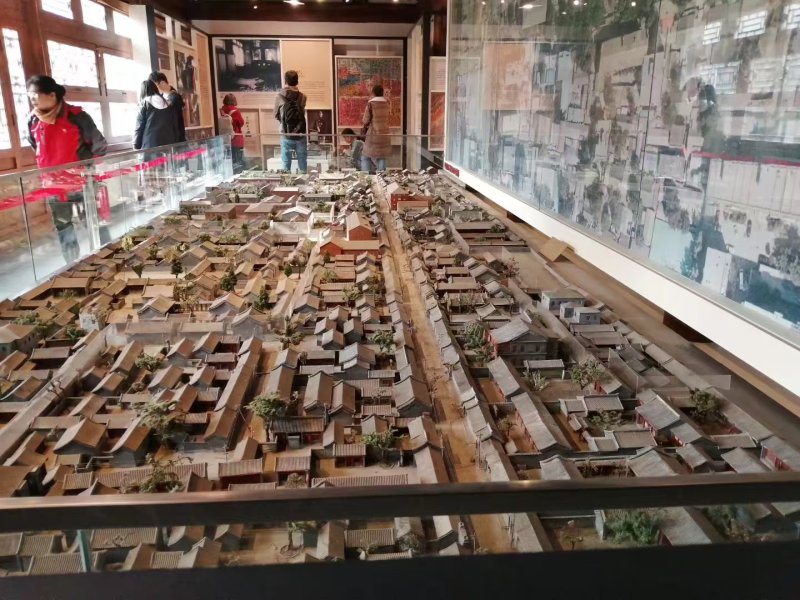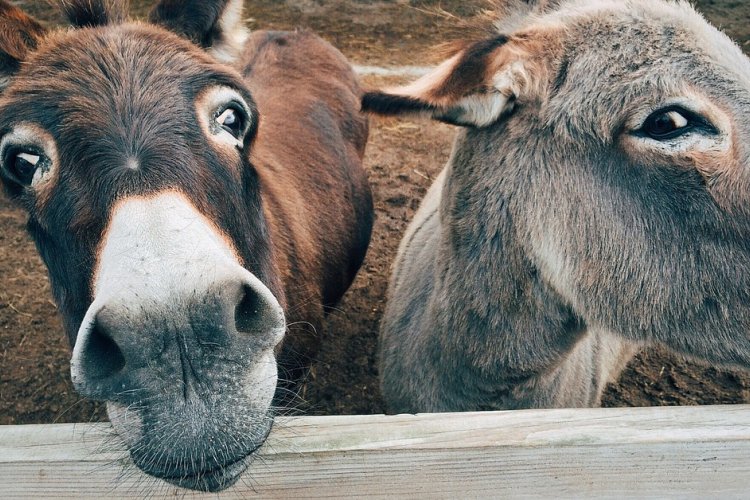Mandarin Monday: A History of the Word "Hutong"
Ever wondered why hutongs are called hutongs, and not, just plain old alley or lane? Well, if any 胡同串子 hútong chuànzi (hutong wanderer) among you have been to Shijia Hutong Museum, then you'll probably know. For those who don't, what follows is a little history lesson.
So what are hutongs, then?

胡同 hútòng is the name given to the generally grid-like alleyways that snake across Beijing. They’re very old, and mostly residential, but have had a habit over their long history of hiding some of the best in the capital’s cafés, bars, and hole-in-the-wall eateries. In a way, the hutongs are some of the last places you’ll see real Beijing life as it’s been – for the most part at least – centuries.
Their history goes way back to before Beijing was Beijing, way back to when it was Khanbaliq – 大都 Dàdū in Chinese – the capital of the Mongol Yuan Dynasty (1279-1368). It was during this period that thin lanes were built centered on the capital’s wells, or hottok. The name sticks, it’s transliterated into Chinese, and that’s the end of it, right? Not quite.

According to the exhibit in the museum, there are a few guesses as to the origin of the term. The second postulation states hutong derives from the Han Dynasty (202 BCE-220 AD) term for lane – 巷 xiàng – which back in the day was hong or hu dong. During the Liao (916-1125) and Jin (1115-1234) Dynasties, 胡同 hu dong came into prominence in northern China.
It wasn’t until the Ming Dynasty (1368-1644) that the word hutong finally came into being, albeit with a radical added into the mix.

The radical in question was 行 xíng, which in this case means “to walk”, which surrounded both 胡 and 同 to form 衚衕 hutong. With the added xing radical, the word forms to mean “a place where people walk.”
Finally, in the Qing Dynasty (1644-1911), the term was simplified to the hutong we know today, doing away with the xing radical altogether. And with that, as they say, the rest is history.
READ: Beijing Visitor's Guide: Laozihao Restaurants to Try
Images: Unsplash, Uni You, Vincent R. Vinci







